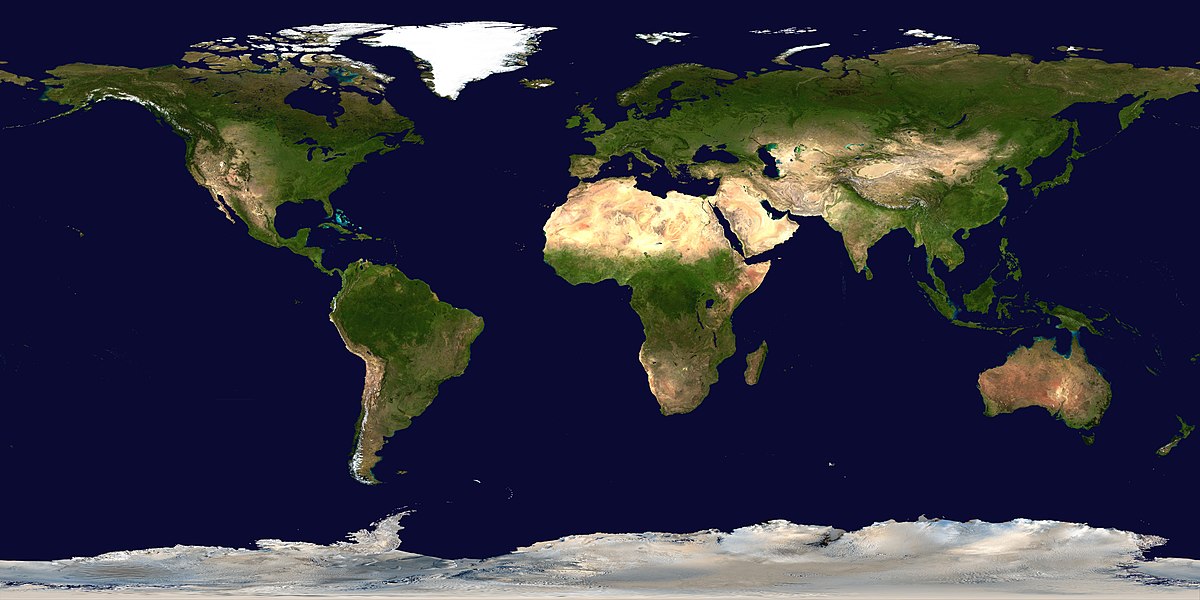Ordovician meteor event

The Ordovician meteor event was a dramatic increase in the rate at which L chondrite meteorites fell to Earth during the Middle Ordovician period, about 467.5 million years ago.[1][2] This is indicated by abundant fossil L chondrite meteorites in a quarry in Sweden and enhanced concentrations of ordinary chondritic chromite grains in sedimentary rocks from this time.[1][3][4][5][6] This temporary increase in the impact rate was most likely caused by the destruction of the L-chondrite parent body 468 ± 0.3 million years ago having scattered fragments into Earth-crossing orbits, a chronology which is also supported by shock ages in numerous L-chondrite meteorites that fall to Earth today.[7] It has been hypothesized that this influx contributed to, or possibly even instigated, the Great Ordovician Biodiversification Event, although this has been refuted.[1][7][2]
Possible craters
Formerly estimated to be Ordovician, revised to Cambrian (~535 Ma)
See also
- Österplana 065
- Late Ordovician impact craters
References
- ^ a b c Korochantseva, Ekaterina; Trieloff, Mario; Lorenz, Cyrill; Buykin, Alexey; Ivanova, Marina; Schwarz, Winfried; Hopp, Jens; Jessberger, Elmar (2007). "L-chondrite asteroid breakup tied to Ordovician meteorite shower by multiple isochron 40 Ar- 39 Ar dating". Meteoritics & Planetary Science. 42 (1): 113–130. doi:10.1111/j.1945-5100.2007.tb00221.x. Retrieved 23 September 2016.
- ^ a b Lindskog, A.; Costa, M. M.; Rasmussen, C.M.Ø.; Connelly, J. N.; Eriksson, M. E. (2017-01-24). "Refined Ordovician timescale reveals no link between asteroid breakup and biodiversification". Nature Communications. 8: 14066. doi:10.1038/ncomms14066. ISSN 2041-1723.
- ^ H. Haack et al. Meteorite, asteroidal, and theoretical constraints on the 500-Ma disruption of the L chondrite parent body, Icarus, Vol. 119, p. 182 (1996).
- ^ Heck, Philipp; Birger Schmitz; Heinrich Baur; Alex N. Halliday; Rainer Wieler (15 July 2004). "Fast delivery of meteorites to Earth after a major asteroid collision". Nature. 430 (6997): 323–325. Bibcode:2004Natur.430..323H. doi:10.1038/nature02736. PMID 15254530.
- ^ LINDSKOG, Anders; SCHMITZ, Birger; CRONHOLM, Anders; DRONOV, Andrei (2012-07-30). "A Russian record of a Middle Ordovician meteorite shower: Extraterrestrial chromite at Lynna River, St. Petersburg region". Meteoritics & Planetary Science. 47 (8): 1274–1290. doi:10.1111/j.1945-5100.2012.01383.x. ISSN 1086-9379.
- ^ "Extraterrestrial chromite distribution across the mid-Ordovician Puxi River section, central China: Evidence for a global major spike in flux of L-chondritic matter". Icarus. 208 (1): 36–48. 2010-07-01. doi:10.1016/j.icarus.2010.02.004. ISSN 0019-1035.
- ^ a b Schmitz, Birger; Harper, David; et al. (16 December 2007). "Asteroid breakup linked to the Great Ordovician Biodiversification Event". Nature Geoscience: 49–53. doi:10.1038/ngeo.2007.37.
{{cite journal}}: Explicit use of et al. in:|last3=(help)



